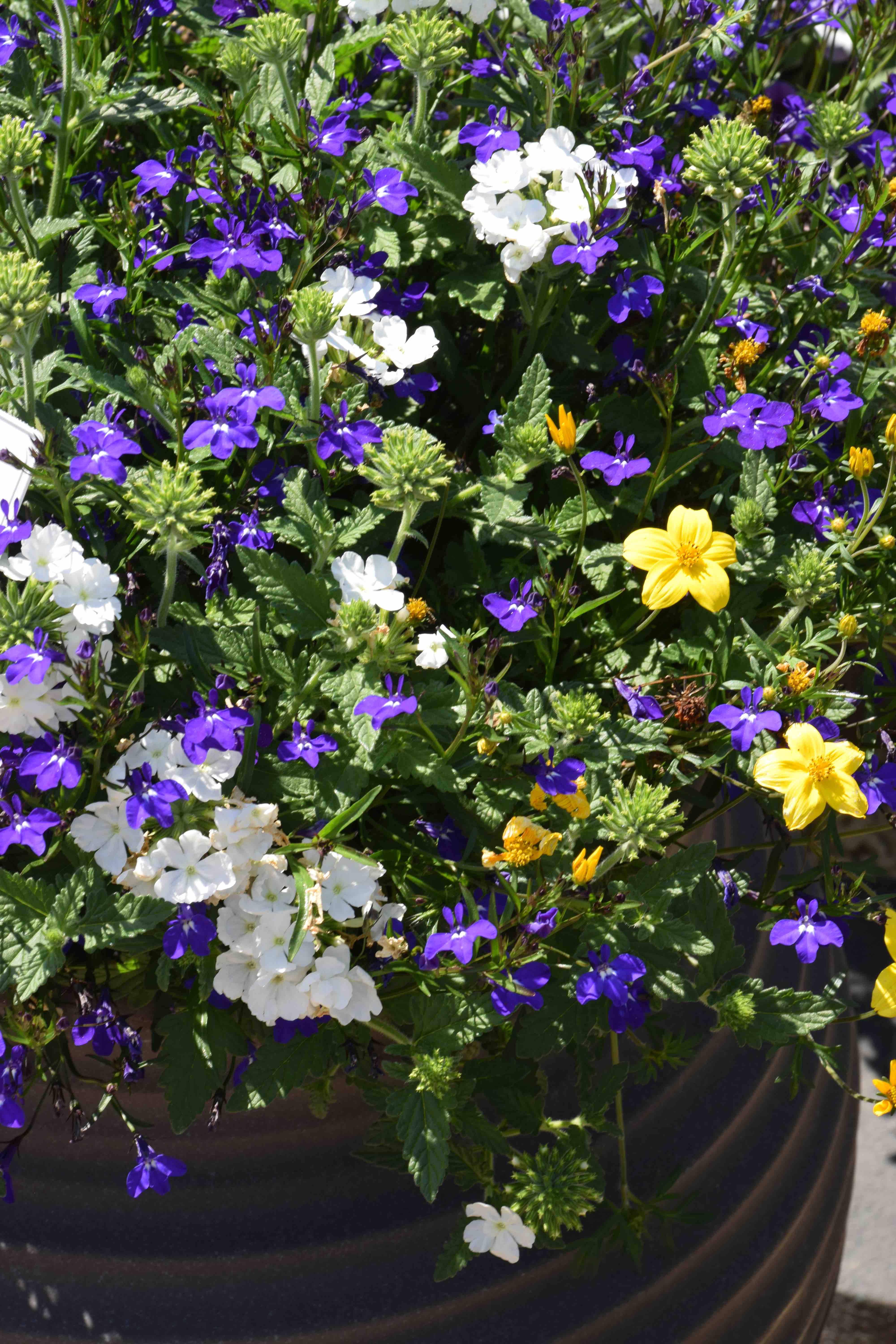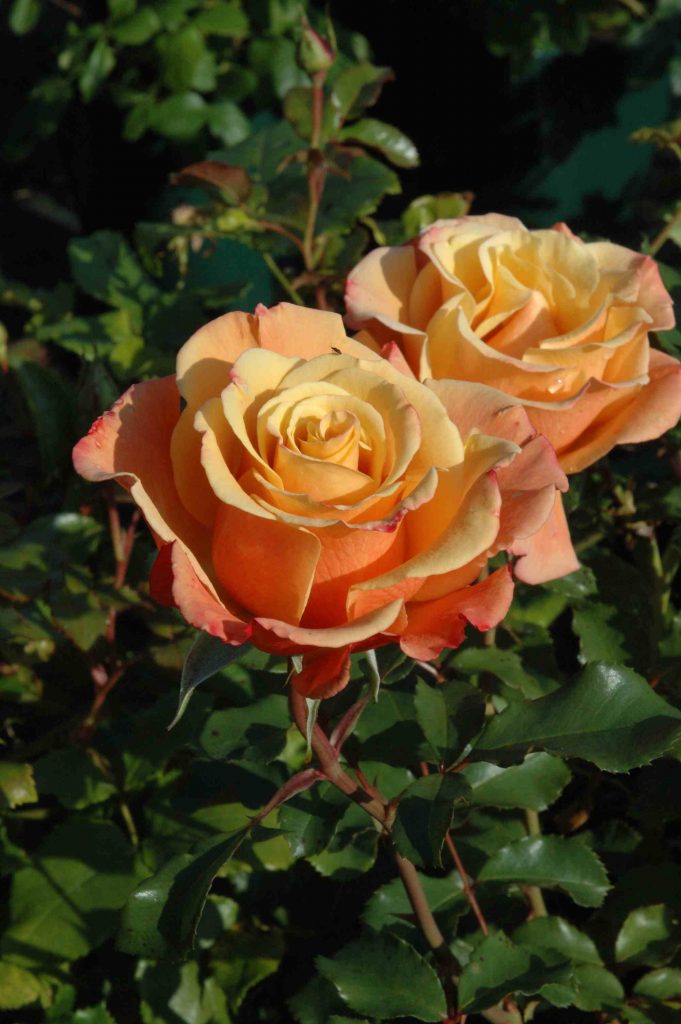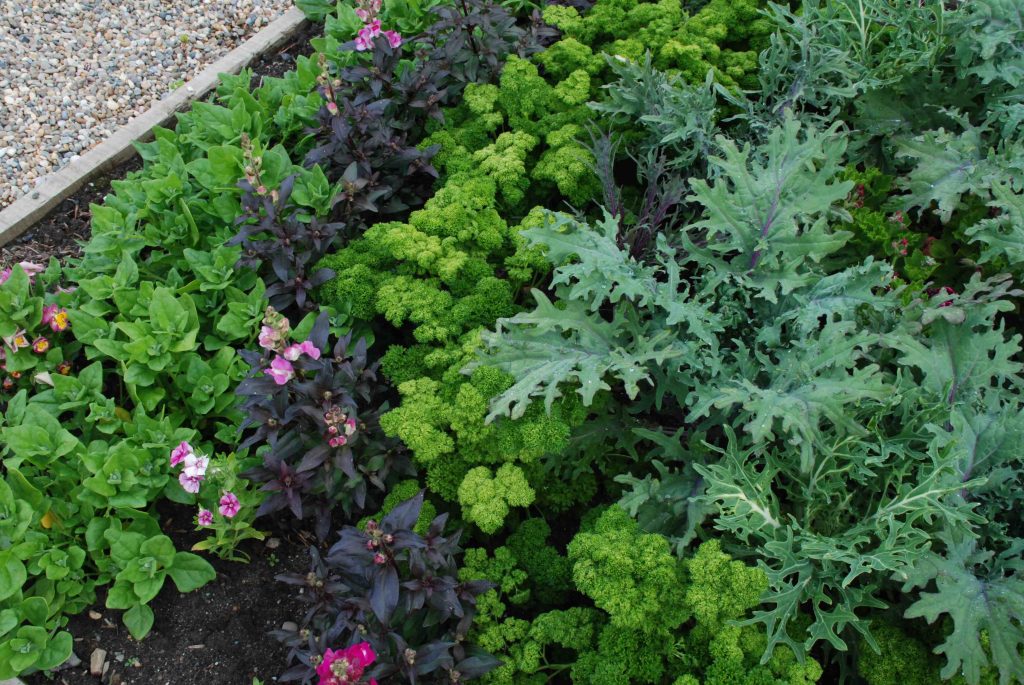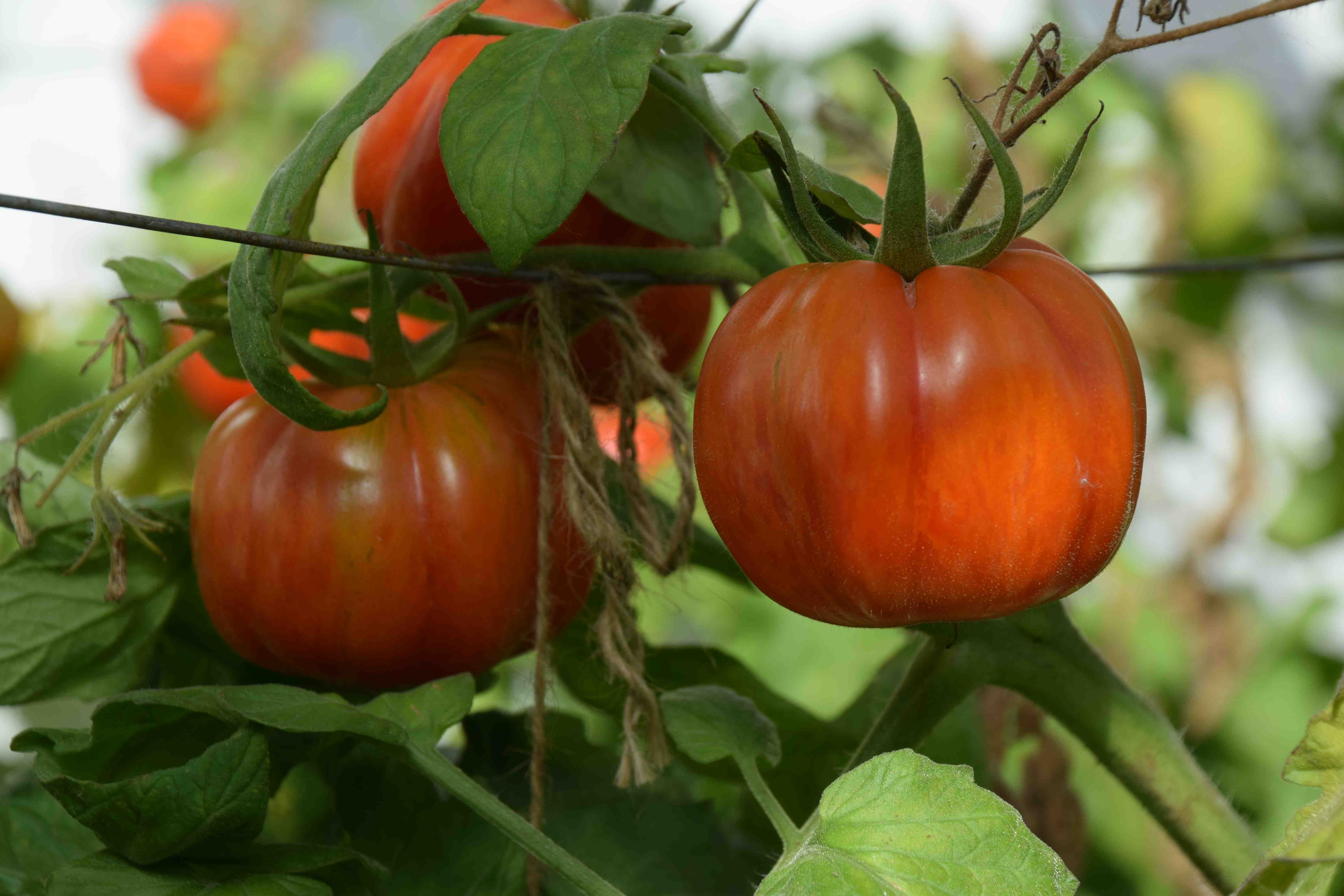
Our gardens are full of plants, all growing well. Plants in containers are different to those in our borders because they rely on us to supply all their nutrients and water. So although you can expect the plants in your beds to find their own and the roots to search out water, your patio pots and baskets can never be neglected.
When you first pot them, the young plants will be sustained by the nutrients in the compost but, depending on the nutrients in the compost, they will need extra feeding. As the plants get bigger they need additional feeding, even if you put controlled-release fertiliser in the compost at planting time. And they need more water as they fill the pots with foliage and flowers, especially in warm weather. Never rely on rain to water your pots.
Which fertiliser?

There can seem a bewildering array of different fertiliser on sale. Liquid and soluble fertilisers are ideal for pots, though not the border. Dissolved in water, they release their nutrients quickly, but do not last long.
For borders, where the soil should have lots of nutrients anyway, a granular fertiliser that your sprinkle on the soil, is perfect, slowly releasing the nutrients. These are usually applied in spring or just before or after planting, but roses benefit from a second, midsummer feed.
As well as the different ways to apply the fertiliser, different kinds provide nutrients in different proportions. Look at the back of a pack and there will be three numbers. These show the proportions of the three major nutrients, Nitrogen (N), Phosphorus (P) and Potassium (K) in that order.
Nitrogen encourages leafy growth, Phosphorus encourages roots and Potassium stimulates flowers and fruit. Potassium also ‘ripens’ the stems, making plants tougher and better able to withstand winter.

Although you can buy ‘straight’ fertilisers that supply only one of these nutrients, most fertilisers supply all three, in various proportions. Most fertilisers also supply ‘trace elements’ which are elements that plants also need, but in smaller amounts. Organic fertilisers usually supply lots of trace elements. Seaweed supplies lots of useful chemicals but is not a fertiliser because the amount of the main nutrients is small. But seaweed is often added to fertilisers. Unless the pack of seaweed shows the NPK proportions you will need to apply a fertiliser as well.

Phostrogen and MiracleGro are popular soluble fertilisers. I grew up with Phostrogen and it is an all-purpose fertiliser that is especially good for flowers and fruit, including tomatoes. The NPK is 16-10-24, showing that it is high in Potash – perfect for flowers. MiracleGro has an NPK of 24-8-16. The adverts state it grows plants ‘twice as big’ and that is because it is high in nitrogen. Tomatoes fed with either will be good but you would expect those fed with MiracleGro to be larger plants, but not necessarily to have more fruit!
Whatever you choose, mix up according to the pack and feed regularly.
Organic fertilisers
Most fertilisers feed the plant but it could be said that organic fertilisers feed the soil – which is more beneficial in the long run. Organic fertilisers, made of animal or vegetable origin, usually have to be degraded by soil bacteria or fungi to release their nutrients so act a bit more slowly but they encourage a healthy soil.
Weekly Reminders
Deadhead bedding plants.
Save seeds of annuals to grow next year
Trim hedges such as conifers and beech
Plant autumn-flowering bulbs such as colchicums and neurones